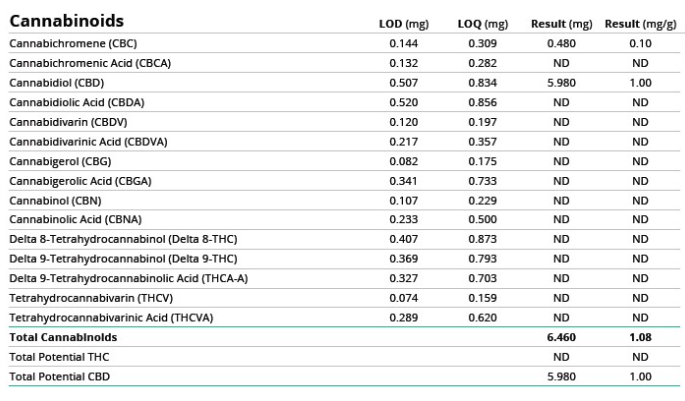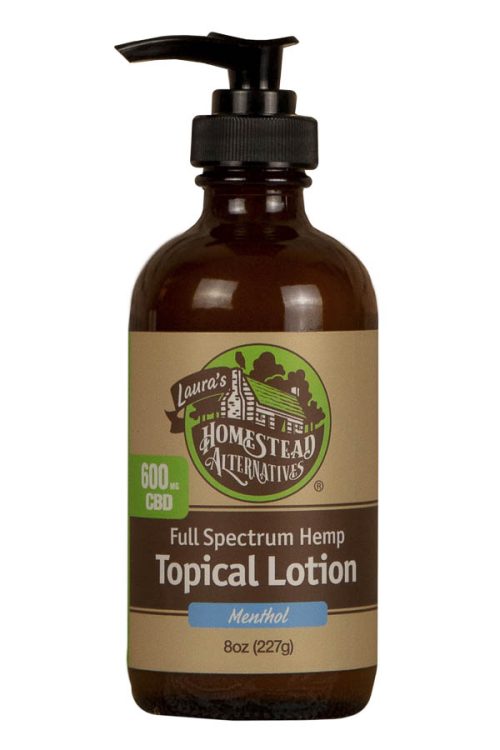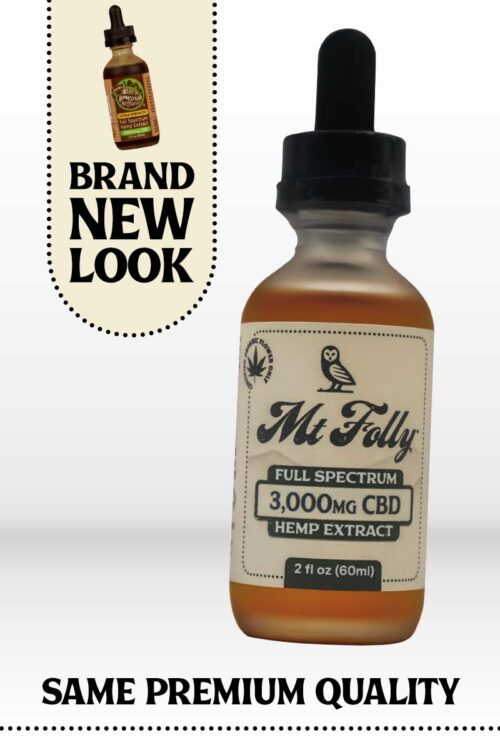What are Tension Headaches?
CBD is becoming a popular alternative for those who are looking for alternative methods of relief from pain, especially from the chronic, debilitating pain caused by headaches. Many people are turning to CBD for tension headaches and migraine pain to avoid having to take pain medications.
What are Tension Headaches?
Tension headaches, also known as tension-type headaches (TTH), are the most common types of headaches. They are also sometimes referred to as stress headaches, and generally cause a mild to moderate pressure feeling in the forehead and around the back of the skull. 80 percent of adults in the United States report experiencing tension headaches on occasion.
Signs and Symptoms
The signs and symptoms of tension headaches include a dull, aching pain in the head. Many people even report experiencing a feeling of having a tight band wrapped around their head. They pain can start in the back and move forward and usually occurs on both sides. Tension headaches can also cause the muscles in your neck, shoulders, and jaw to feel tight and sore.

Types of Tension Headaches
There are two types of tension headaches: episodic and chronic.
Episodic- this type of tension headache can last 30 minutes to a week. To be classified as episodic, they must occur less than 15 days a month for a minimum of three months. Episodic can eventually turn to chronic. Most people with episodic only experience one or two per month.
Chronic- chronic tension headaches usually last hours or can be continuous. This type occurs 15 or more days a month for a minimum of three months. Around three percent of U.S. adults report chronic, daily tension headaches.
Tension or Migraine?
Sometimes tension headaches can be confused with migraine headaches. The main difference between the two is that tension headaches typically do not cause disturbances in vision, and they don’t cause people to experience nausea or vomiting. However, people who experience tension headaches can also suffer from migraines.
What is CBD?
Cannabidiol, or CBD, is the most prevalent compound found in the flower and leaves of hemp plants. CBD is one of over 100 different cannabinoids that can be extracted from the hemp plant. These cannabinoids interact with the body’s endocannabinoid system, a network responsible for maintaining various physiological functions.
 CBD is classified as a phytocannabinoid, which means it is a cannabinoid derived from plants. Unlike endocannabinoids, which are naturally produced within the body, phytocannabinoids like CBD can influence the endocannabinoid system externally. Due to their similar molecular structure to endocannabinoids, these external cannabinoids can interact with the endocannabinoid system, potentially modulating its activity and providing therapeutic benefits.
CBD is classified as a phytocannabinoid, which means it is a cannabinoid derived from plants. Unlike endocannabinoids, which are naturally produced within the body, phytocannabinoids like CBD can influence the endocannabinoid system externally. Due to their similar molecular structure to endocannabinoids, these external cannabinoids can interact with the endocannabinoid system, potentially modulating its activity and providing therapeutic benefits.
Other cannabinoids that are commonly found in the hemp plant include: CBC, CBCA, CBDA, CBDV, CBDVA, CBG, CBGA, CBN, CBNA, Delta 8-THC, Delta 9-THC, THCA-A, THCV and THCVA. Below is a picture of one of our COAs (certificates of authentication) that shows the exact number of cannabinoids that are found in our products.

Click here to view our certifications page.
CBD for Tension Headaches
Not only can CBD relieve pain, but it can also reduce anxiety and stress, which is a common trigger for tension headaches. Using CBD for tension headaches can be a great alternative for those who are looking to avoid NSAIDS and other pain medications.
There are many methods to take CBD; orally, sublingually and topically. You must first choose which method is best for you.
Sublingual- This involves using a dropper to place the oil under your tongue. Sublingual administration of CBD works by exposing the sublingual gland, a vein found under the tongue, to the CBD product. Leave the CBD oil under your tongue for 60-90 seconds until it’s absorbed. This allows CBD to enter the bloodstream more directly than if it were swallowed and subjected to the digestive system.
Oral- CBD can be taken orally by way of CBD capsules, much like your standard medication. CBD capsules are a convenient way to monitor dosage and avoid the taste and texture of CBD oils, which some people find unfavorable.
However, like all substances ingested orally, CBD capsules will not take effect immediately, because they have to travel through our digestive systems before entering our blood circulation.
Topical- Full spectrum CBD applied through use of products like CBD lotions and creams.
CBD lotions and creams do not enter the bloodstream; instead, they interact with receptors in the skin to relieve pain in the area they’re applied.
For this reason, they’re beneficial for those subject to drug testing, because the THC never reaches your bloodstream and therefore won’t flag a drug screening.
Our Recommendation
While any of the CBD methods listed above will be beneficial, we recommend our full spectrum 200mg Roll-On as a preferred method for the relief of tension headaches.
With 200mg of CBD and a blend of essential oils including frankincense, myrrh, camphor, peppermint, vetiver, ginger, and helichrysum, the rollerball is the perfect to allow easy and direct application.












